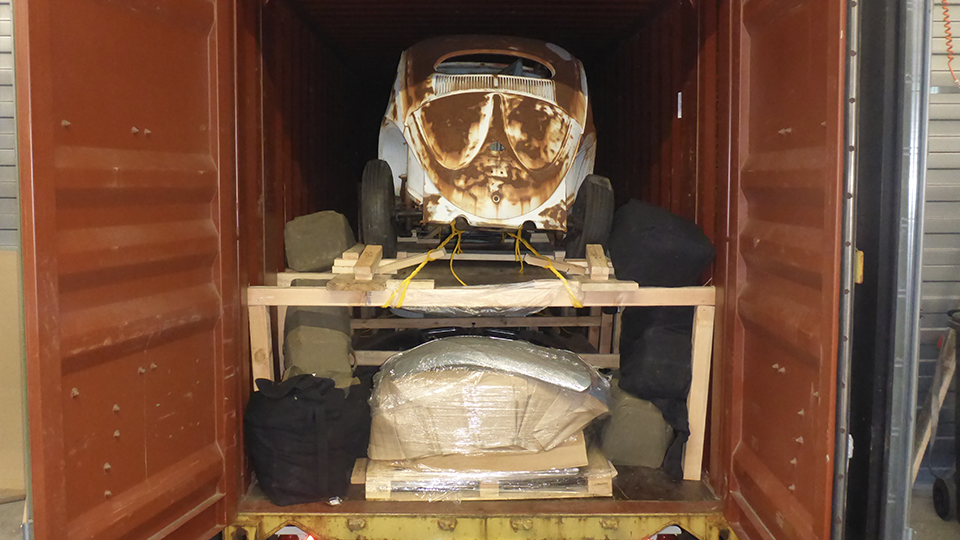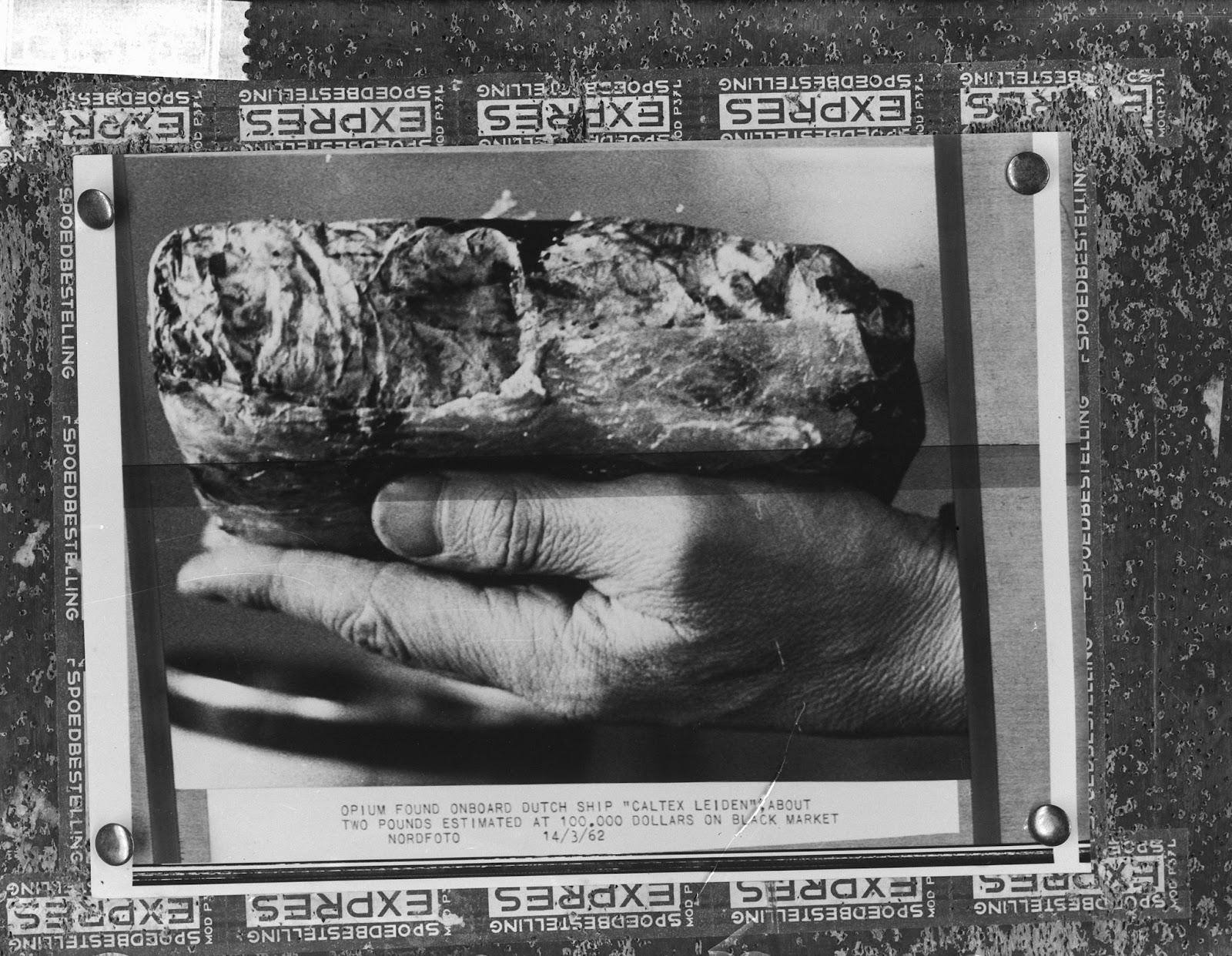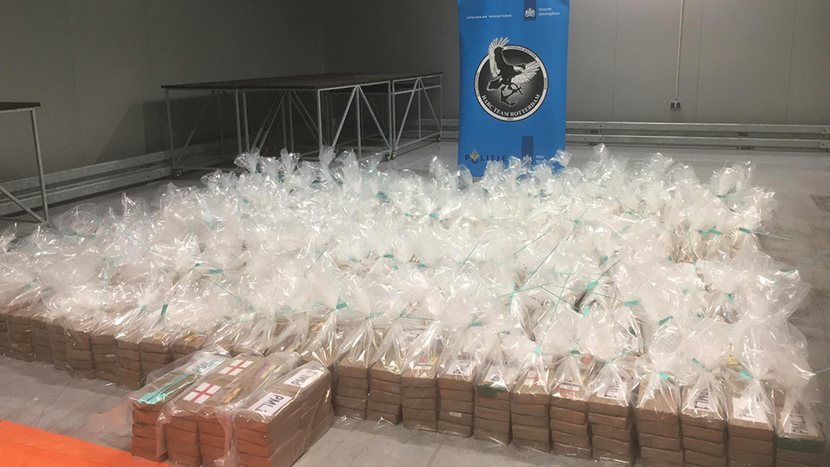Stephen Snelders
Throughout history, port cities and the smuggling of drugs have been closely connected. From the recent tv-series Poldark to the 4,000 kilos of drugs that were seized in the port of Rotterdam in 2021, historian Stephen Snelders writes about the roots and representation of smuggling through ports. Understanding the past of smuggling practices, he argues, is crucial to analyze the social and cultural effects of the drug trade on present day port city societies.
In Poldark, the popular book and television series that depicts the vicissitudes of a family on the coast of Cornwall around 1800, a major theme is the involvement of the family and local communities in smuggling. The series illustrate how these smugglers are severely persecuted by the authorities and coast guard, while at the same time they are completely embedded within their communities. The authorities speak of smuggling, whereas local parlance prefers the term free trade, a trade that is an integral part of the economic and social activities on the coast and that is sustained by widely shared cultural outlooks and mentalities.

Poldark reminds us that - throughout history - coastal areas, port cities, and smuggling went hand in hand. It is especially important to remember this when we look at today’s political and moral outrage about the central role of port cities in international drug trafficking. In the Netherlands, the media report a new record seizure at least every few months or so. For instance, on March 18 of this year customs found 4,000 kilograms of cocaine in the port of Rotterdam, in a container from Ecuador sent through Antwerp to a fruit company in the city. This find was surpassed on July 14 by the seizure of a cargo of 4,500 kilograms in Rotterdam.
While the finds are sensational, the act of smuggling is nothing new. Criminologists point to structural reasons for the existence of these smuggler’s paradises, such as the geographical location of Rotterdam and the excellent logistical infrastructure of the Netherlands connecting it to the rest of Europe (Staring et al. 2019). We can even dig deeper and see that smuggling has been deeply embedded in our port cities’ cultures long before the steep rise of the illegal drug trade from the mid-1960s onwards. Port cities are characterized by a social and cultural climate where boundaries between the under- and upper world are fluid, and in which smuggling has traditionally been an everyday practice.
Smuggling has been deeply embedded in our port cities’ cultures long before the steep rise of the illegal drug trade from the mid-1960s onwards.
Not the trafficking in illegal drugs creates smuggling paradises, but the other way around: because port cities are essentially potential smuggling paradises, the illegal drug trade has found its natural place there. One can see the germs of this already in a very early stage of the international and national drug regulatory regime that was inaugurated after the First World War. Illegal opium was not a big profitable item, but it had its regular users (opium smoking was integrated in Chinese culture), smuggling was embedded among the Chinese mariners of the global shipping companies and in the Chinatowns of Amsterdam and Rotterdam, and Chinese smuggling allied with native Dutch and Greek smugglers.

Already in 1930, customs concluded that it was not feasible to control all ships in the Rotterdam harbour on opium and other illegal drugs such as morphine and heroin (Snelders 2015: 33). In the 1970s, smuggling of cannabis by Dutch criminal entrepreneurs found a congenial climate in port cities. And in the 1990s, the Colombian drug entrepreneurs related how this climate - combined with a business mentality in the Netherlands that they characterized as pragmatic, efficient, and professional - was conducive to the cocaine trade (Zaitch 2002).

Since 1990, when the cocaine export to Europe started to expand, records in capturing cocaine continued to be broken. In the following decade, the media published sensational reports that were similar to those we can read today. In 1994, for example, 3,000 kilograms were seized in a smaller Dutch port town, Zeewolde. Meanwhile, police, customs, and port authority officers in the Rotterdam harbour told researchers that they considered their port (with an annual 32,000 ships carrying around 35 million containers spread over 58 kilometres of quays) impossible to control. Colombians involved in the drug trade, who were interviewed between 1996 and 1999, considered Rotterdam, but also the ports of Amsterdam, IJmuiden, and Vlissingen, quite safe and convenient (Zaitch 2002; Snelders 2021). In addition to these “safe havens”, cocaine traffickers have made use of fishing boats from the small village of Urk. Because the attention of customs and police is focused on Rotterdam (without really gaining control of the traffic flows there), the area between IJmuiden and Amsterdam is now regarded as a ‘smuggler’s paradise’. Because of the flexible nature of the illegal drug trade, a focus of law enforcement on one port creates possibilities for the smugglers in other ports.
Ending the smuggler paradises would need the overhaul of a culture within port cities like Rotterdam that focused on trade by whatever means necessary. It remains doubtful to what extent intensified surveillance and interventions of law enforcement in specific ports will be effective: in the long run, smugglers and “free traders” that are socially and culturally embedded in port cities usually find their way. Let us not forget that even while the societies in Cornwall have changed considerably since the days depicted in Poldark, in the 1970s the Cornish coast turned out to be an excellent place to smuggle in cannabis from the continent.
Acknowledgement
Dr. Stephen Snelders is a publicist and historian affiliated with the University of Utrecht. In 2021, he published his book Drug Smuggler Nation: Narcotics and the Netherlands, 1920-1995 (Manchester University Press). This blog was edited by the PortCityFutures editorial team: Carola Hein, Hilde Sennema and Vincent Baptist.
References
Snelders S. (2021). Drug Smuggler Nation: Narcotics and the Netherlands, 1920-1995. Manchester: Manchester University Press.
Staring R., Bisschop L., Rok K., Brein E., Van de Bunt, H. (2019). ‘Drugscriminaliteit in de Rotterdamse haven: aard en aanpak van het fenomeen’.
Rotterdam: Erasmus School of Law.
Zaitch, D. (2002). Trafficking Cocaine: Colombian Drug Entrepreneurs in the Netherlands. The Hague: Kluwers.
